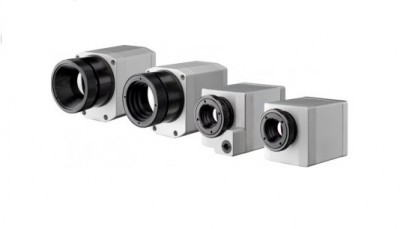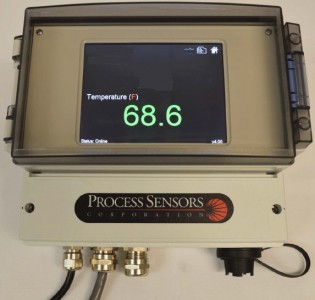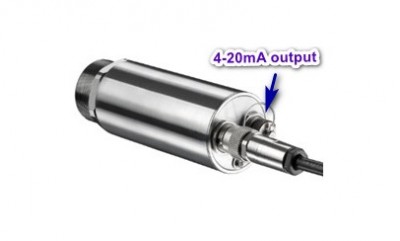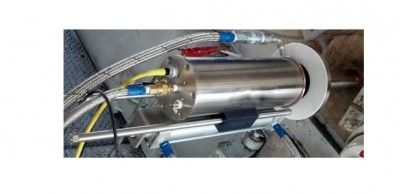Thermal Imaging Camera Systems
PSC’s IR Thermal Imaging Cameras are compact, radiometric and enable the operator to view and measure thousands of temperature points, line profiles or user selectable areas or regions of interest (ROI’s) defined by a maximum, minimum or average temperature within these regions. The smart technology and space saving design of each model brings new meaning to the word “simplicity” and sets a benchmark for quality and performance.
To learn about Process Sensor's Thermal Imaging camera operation, click here: IR Thermal Imaging Cameras Whitepaper

PSC Surveyor Series Thermal Imaging Cameras
The Process Sensors Surveyor camera series offers a comprehensive range of imaging and line scanning camera systems to continuously monitor and control industrial processes. Measures temperatures starting from -20 to 1800°C

PSC-400 IMMS MoldMinder System
The PSC-400 Injection MoldMinder system prevents damage to expensive molds and eliminates costly production downtime by utilizing the many innovative functions of the PSC-400 thermal imaging camera.

PSC-X80LT and PSC-X410LT
The PSC-X80LT is an industrial imager with 80x 80 pixels. Its autonomous operation (without continuous use of PC) with automatic hot spot finder and direct analog output make it ideal for a multitude of manufacturing process applications. The PSC-X410LT is a higher resolution industrial thermal imaging camera with 384 x 240 pixels and 80 Hz frame rate perfect for fast thermal processes. Both cameras share a temperature ranges within -20°C to 900°C (- 4°F to 1652°F) and can be switched from thermal imaging mode to line scanning mode.

PSC-12C-DW
PSC-12C-DW represents state of the art, advanced high temperature process monitoring. This specialized high temperature imaging system allows multiple cameras/detectors to operate in different spectral wavebands to share a common furnace lens. The PSC-12C-DW is the industry’s first and only system allowing utilization of a broad spectrum from visible light to MWIR on a common optical path - this technology is critical for waveband optimization of each system’s optics.